Bottom Contour
Bottom Contour
The bottom contour of the surfboard is designed to channel water for the purpose of stability, maneuverability, and speed. By directing water flow through the length of the board, the bottom contour will affect the board's performance. There is a wide array of different bottom contours, but the following are the fundamental shapes.
Flat bottom
A flat bottom surfboard has a flat planing surface. The design is efficient for planing on top of the water. It slaps the wave rather than parting the water. The board is quick, loose and responsive in small and mushy waves. However, they are more unstable in bigger waves and at higher speeds. The flatness will make it difficult to initiate turns and will frequently slide out when turned hard.
Belly Bottom
The belly or displacement hull bottom has a convex planing surface typically found towards the front 1/3 of the 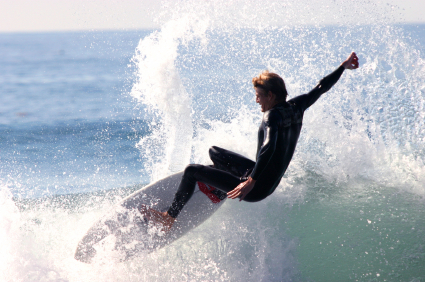 board. Unlike a flat bottom which slaps the wave’s surface, the convex surface parts the water. This is designed for control. It gives it a smoother ride in choppy conditions. In big and fast surf, it makes it easier to roll which means it is easier to lean from rail to rail. This is essential for controlling your board at high speeds. The design is useful in bigger surf, where speed is not an issue and control is more important. The downside is the surface's inefficiency. Energy is lost when water is parted and escapes from the rails, which slows the board. This forces the board to work harder to move because it has to plow through water rather than skimming on top of it.
board. Unlike a flat bottom which slaps the wave’s surface, the convex surface parts the water. This is designed for control. It gives it a smoother ride in choppy conditions. In big and fast surf, it makes it easier to roll which means it is easier to lean from rail to rail. This is essential for controlling your board at high speeds. The design is useful in bigger surf, where speed is not an issue and control is more important. The downside is the surface's inefficiency. Energy is lost when water is parted and escapes from the rails, which slows the board. This forces the board to work harder to move because it has to plow through water rather than skimming on top of it.
Concave Bottom
This is a concave planing surface. The purpose for this shape is to contain water flow through the length of the board rather than allowing the water to release from the rails. From the wide point of the board to the narrow end of the board’s tail, the water is squeezed out through to the fins, otherwise known as the aft section of the board. The increase pressure from water flow causes more lift and less drag. By compressing the water and squeezing it out towards the tail of the board, it accentuates the acceleration of the surfboard through turns as well. This shape does not perform well in choppy conditions.
Channel Bottom
This shape consists of multiple concaved grooves underneath the tail section of the board. They can be anywhere from 2 to 8 channels that run parallel to each other. The channels propel more water through the board, converting the water flow into forward thrust.
Vee Bottom
The Vee is also a convex planing surface typically located towards the back 1/3 of the board. Similar to the belly bottom shape, it acts as a pivot point for rail to rail surfing. Because the shape is used towards the tail of the board, this helps to make the tail area more responsive at high speeds. Like any convex planing surface, energy is lost as water parts and escapes from the rails making it inefficient in smaller or mushier waves. The shape is suitable in big and fast waves where control is needed more than speed.

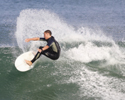

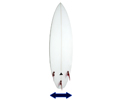

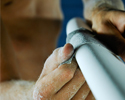
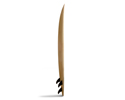
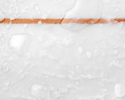
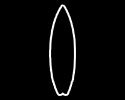



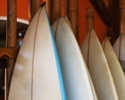
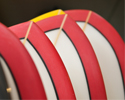
0 Comments